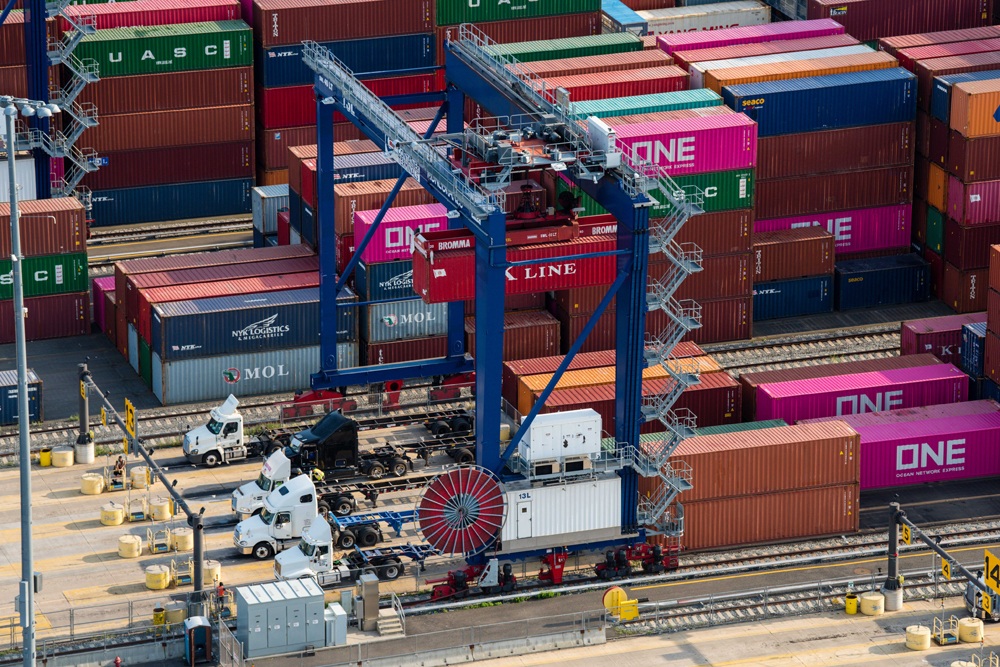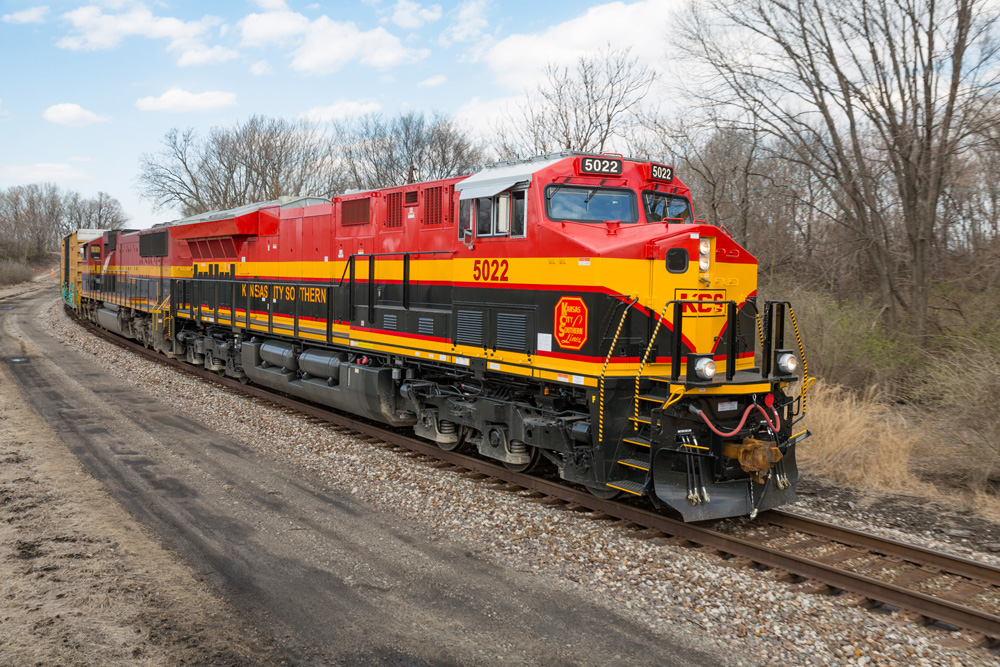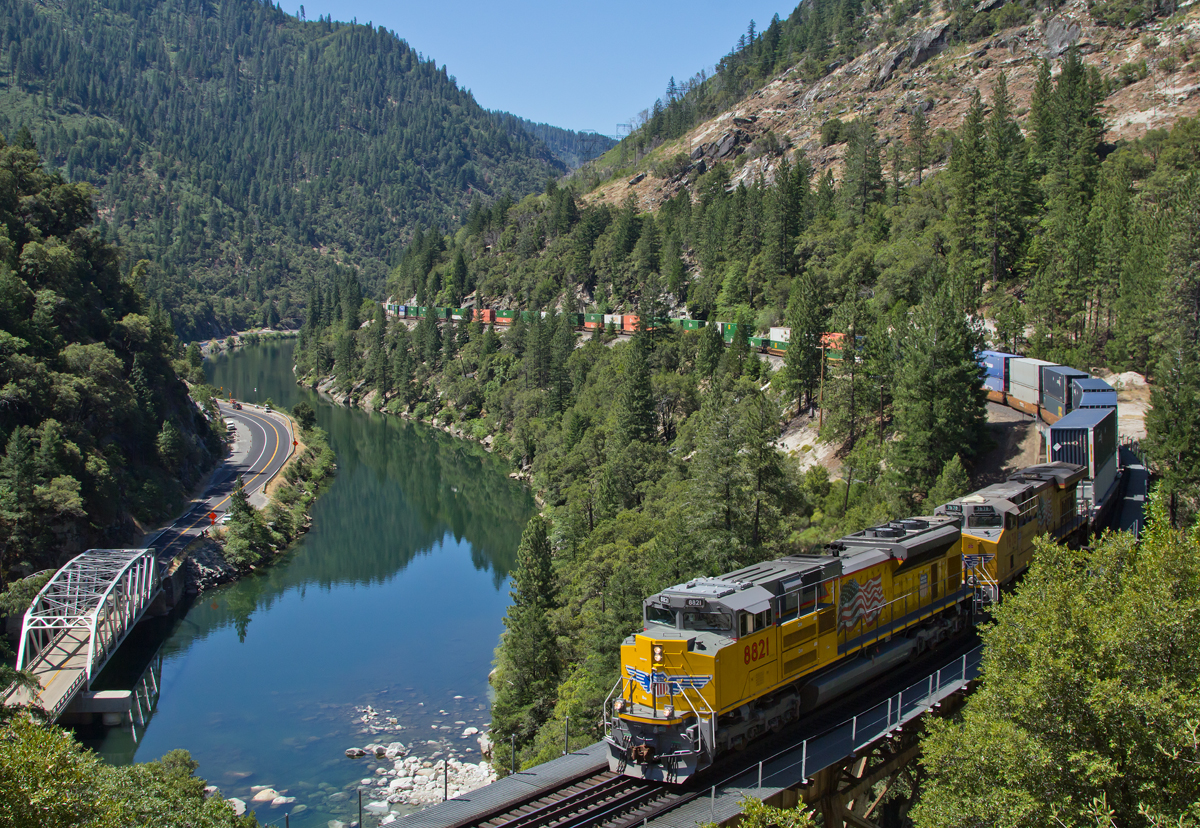
The war of words continues as the strike by International Longshoremen’s Association (ILA) workers against U.S. East and Gulf Coast port employers entered its second day.
The job action primarily affects container handling and roll-on, roll-off services at ports and terminals from Texas to Maine, and comes as importers enter the critical end-of-year retail selling season.
Marine terminals and container lines represented by the United States Maritime Alliance (USMX) on Monday said they had offered the union a wage hike totaling 50% over the six years of the coastwise master contract.
In a statement posted to its website, the ILA rejected the new offer as inadequate “for many members who earn $20 an hour” in states such as New Jersey where the minimum wage is $15 per hour. The union said it is seeking better than a $5-per-hour pay hike over the life of the contract.
Neither side revealed specific pay amounts.
The union also pointed out that members must work six years to reach the top wage tier.
“USMX also overlooks the fact that two-thirds of our members are constantly on call, with no guaranteed employment if no ships are being worked,” the ILA said in its statement. “Our members qualify for benefits only based on the hours they worked the previous year, making them vulnerable if there’s a downturn in work. Despite this, there is no incentive within the progression system for hard-working members to advance faster. Regardless of their dedication, they must wait six full years to attain the top wage.”
The union said it was ready to negotiate a new contract in 2022, criticizing employers for waiting until the eve of a potential strike to make a new offer. The ILA also claimed the last master contract offer it received was in February 2023.
Wage increases negotiated in the previous contract have been wiped out by inflation, the ILA said, repeating its message that ocean lines based outside the U.S. refuse to share record profits with union employees.
“Furthermore, the ILA is steadfastly against any form of automation — full or semi — that replaces jobs or historical work functions. We will not accept the loss of work and livelihood for our members due to automation. Our position is clear: the preservation of jobs and historical work functions is non-negotiable.”
The union also is seeking its share of container royalties paid under the terms of the master contract. “These funds were intended to be a wage supplement paid out to our members, not to be shared with employers. The ILA demands 100% of its Container Royalty monies, along with other jurisdictional demands, to ensure our members receive what is rightfully theirs.”
The strike has led to increased container volume at West Coast ports, which in turn is bringing more intermodal traffic to BNSF Railway and Union Pacific. Both railroads have assured regulators they are prepared for the additional traffic. BNSF CEO Katie Farmer said in a letter to Surface Transportation Board Chairman Robert E. Primus that volume shifts to the West Coast had been underway for six weeks, but her railroad’s intermodal velocity had remained constant [see “BNSF tells regulators it’s set to handle ongoing surge …,” Trains News Wire, Sept. 30, 2024]. UP CEO Jim Vena said in a Sept. 30 letter to Primus that his railroad has been able to “successfully handle” a more than 20% increase in international volume so far this year [see “Union Pacific tells regulators …,” Trains News Wire, Oct. 1, 2024].
— This story originally appeared at FreightWaves.com, which is providing extensive coverage of the ILA strike.














Why is there no discussion of Taft-Hartley? Politics. The country be damned, don’t offend those labor votes.
I just read that the compensation for the union head is over $900,000 a year. If I was a member of that union I’d want to know why.
There was an article about this (East Coast) longshoreman strike in the WSJ this morning (plus a VERY interesting editorial on the back page). The head boss of the ILA is Harold Daggett, and yes, he makes $900,000 / year. He drives a Bentley and has a 75-foot yacht.
Yes, a lot of the ILA longshoreman have difficult and dangerous jobs, but there’s a lot funny business going on, especially at the Ports of New York and New Jersey (plus Mob involvement there). Some of the longshoreman at other ports down the coast don’t necessarily make the “Big Bucks” that the NY/NJ longshoreman do (upwards of $300,000+ generous benefits).
Of course ‘Grandpa Joe’ (Biden) and VP (“Cackling”) Harris don’t want to invoke provisions of the Taft-Harley Act (Joe – “I don’t believe in the Taft-Hartley Act …”) to impose an 80-day “Cooling-off” period. Meanwhile the port-side truckers, warehouse workers, etc. suffer the impacts of this strike/work-stoppage (and don’t make the “Big Bucks” like the ILA longshoreman).
A postscript (as I write this …) I realize that the strike ended on the 3rd day (temporarily paused?) until they get back to negotiations up to early January of next year. Nevertheless, the strike could happen again in January of next year and whoever is the new president will face this mess all over again (while the economy continues to deteroriate and consumers suffer contiued impacts from ongoing inflation…)
If the strike causes food shortages, crashes the U.S. economy, or even causes a return of inflation, watch for all U.S. unions to face stricter regulation in the future.
As an example, the ILA can legally cripple the economy to a degree no business would be allowed to have. Just like MLB and the NFL, unions enjoy antitrust exemption…
The ILA is out of touch with reality, especially since it’s already been reported the average salary for members is $39/hr…and those that work container terminals do not work nearly as hard as those that work break bulk. As for automation, if I was running any of those ports the thing I would be working on now is developing a brand new fully automated container terminal completely separate from existing facilities just to spite the ILA.
How far do you think $20 or even $39 an hour gets you in NY/NJ, Charleston, Jacksonville or Savanah?
“those that work container terminals do not work nearly as hard”
Do YOU have on-the-ground experience at a railroad yard (like many of us here) or container port? Have you ever worked outside for 12 hours in blizzards or 95F or torrential rain? Or are you just some grumpy retired white collar worker that watches too much TV?
Greg, I remember many a 16 hour day (legal back then) in locomotives that had non-functioning heaters, being put up in drafty hotels and having to drive from Chicago to LaPorte and South Bend to work extra board assignments. Being 20 years old, I didn’t mind because I WAS BEING PAID TO DRIVE TRAINS.
regardless, froze my butt off (it grew back!) in sub-zero cold and roasted on sweltering 100 degree days. Still, made enough to support myself and didn’t complain. Loved the job while it lasted. Yes, staying awake 16 hours was a challenge, as was dealing with drunk coworkers.
Something doesn’t make sense. Per one of the business news services, the west coast dock union members will be making over $330,000 a year counting salaries and fringe benefits under their new contract. The east coast unions are asking for more and would be making about $370,000 a year if they get what they are asking. They have to be making a lot more than $39 an hour to hit those totals.
I do remember reading years ago about a west coast dockworker who was making about $110,000 (not counting fringe benefits) working in the LA area docks–he was not a crane operator or similar. His big complaint was all the taxes he had to pay on his earnings in CA.
Wonder how much US east coast volume can be diverted to the Canadian Port of Halifax. They have two state-of-the-art deepwater container terminals pus direct CN rail service to Chicago.
To quote Forest Gump’s mother, “stupid is as stupid does”. The recent growth in east coast port volumes, and presumably east coast port employment, was due in large measure to the unreliability caused by west coast longshoreman frequently engaging in work stoppages.
Now that the east coast leadership is about to kill the goose that laid the golden egg, there goes the growth as well as all those new jobs (and dues paying union member). So, the diversion stops or a least the rate dramatically since there is no longer the same incentive.
And then the steamship lines start looking for alternatives, like St. John, Halifax Lazaro Cardenas and Mazatlán. They say that freight is like water, both always find the path of least resistance.
Yep, Multiple US and Canadian ports on all the coasts from West, East and Gulf have been building & expanding with container lines using foreign flagged vessels making multiple stops as long as they don’t carry a container from one US port to another directly. In same breath, US Army Corps along with Ports/States have been deepening and widening shipping lanes aggressively over the last decade or more. I would say Mexico to far lesser extent. Nor do you see any capacity constraints on transcon routes and CN/CP wisely reinvested back into the Canadian Maritimes. So the reality, freight will flow in other directions…
…
That is the strength of US economy is that it is not beholden to one big port or even a group of big ports. Might cost little more to get products from Halifax to say Atlanta vs Savannah or Long Beach/LA to Memphis vs Houston but the avenues and infrastructure are there and or the winners might change from BNSF/UP to NS/CSX with the massive Savannah port & Panama Canal expansion and now back to BNSF/UP trekking containers across the west coast again to lost markets.
..
I think longshoremen will lose their leverage over time. my two cents